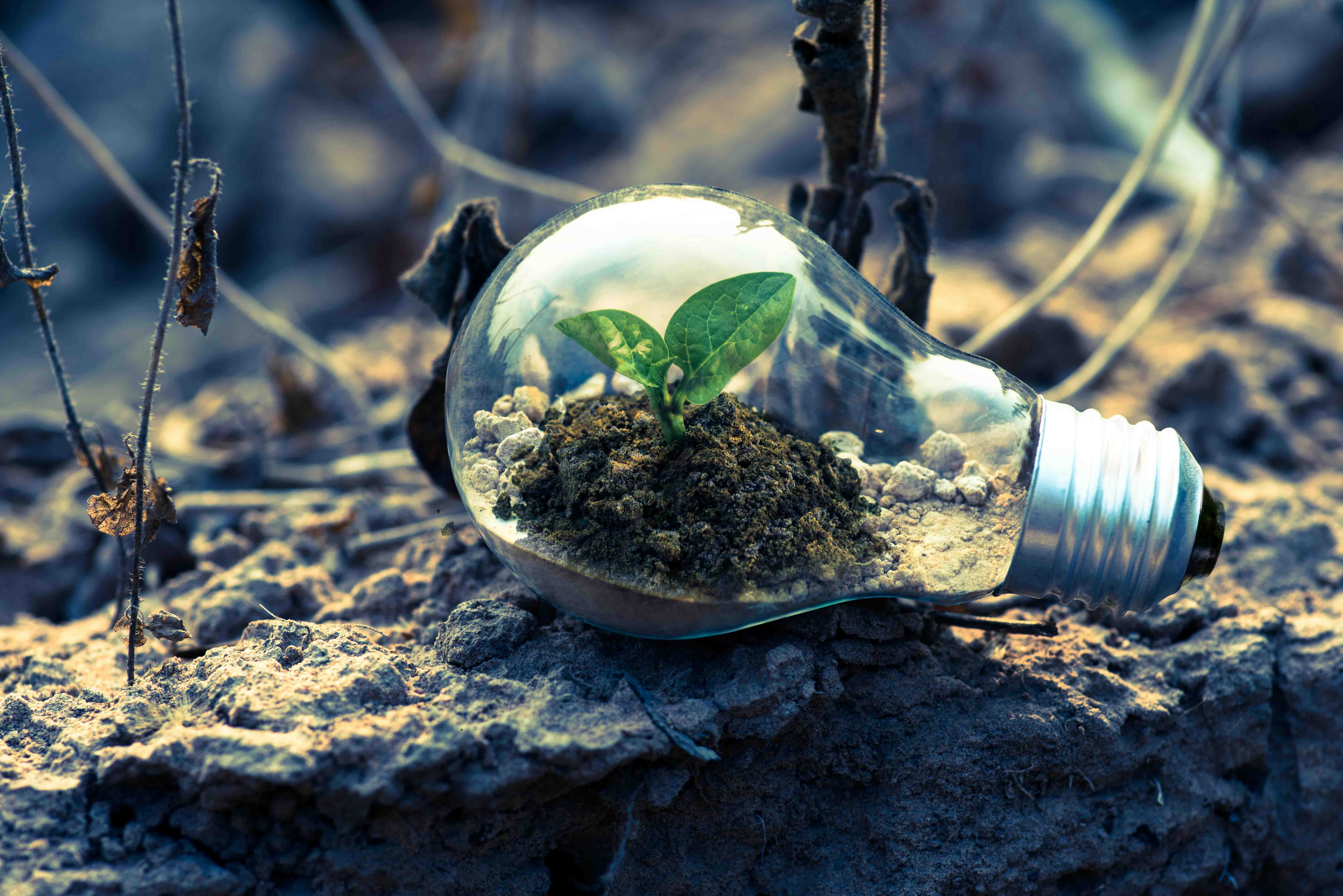The Ethics of UX: Balancing Business Goals with User Needs

Working in UX, we shape digital products and impact how people use technology. With this influence comes a responsibility to ensure our designs are user-friendly and ethical. In this post, we'll discuss the ethical challenges in UX design and offer guidance on balancing user needs, business goals, and ethical principles.
The Tension Between Business and User Needs
People in UX are often caught between two competing forces:
- Business goals: Drive revenue, increase engagement, and meet shareholder expectations.
- User needs: Ensure user safety, privacy, and well-being while providing a seamless and enjoyable experience.
These competing interests can lead to ethical conflicts, such as:
- Designing features that prioritize engagement over user privacy
- Using dark patterns to manipulate user behavior
- Ignoring accessibility concerns to meet tight deadlines
Ethical Principles for UX Professionals
To navigate these ethical dilemmas, people in UX should adhere to the following principles:
- User-centered design: Prioritize user needs and well-being above business goals.
- Transparency: Clearly communicate how user data is collected, used, and protected.
- Consent: Obtain informed consent from users before collecting or sharing their data.
- Privacy by design: Incorporate privacy and security considerations into every stage of the design process.
- Inclusivity: Design products that are accessible and usable for all users, regardless of ability or disability.
- Responsible innovation: Consider the potential consequences of new technologies and features on users and society.
Practical Strategies for Ethical UX Strategisting
Here are some practical strategies for balancing business goals with user needs:
- User research: Conduct thorough user research to understand user needs and behaviors.
- Collaboration: Work closely with cross-functional teams to ensure alignment on ethical considerations.
- Design reviews: Conduct regular design reviews to ensure ethical considerations are integrated into the design process.
- Privacy and security assessments: Conduct regular privacy and security assessments to identify potential risks.
- User advocacy: Act as a user advocate within your organization to ensure user needs are represented.
- Ethical frameworks: Use ethical frameworks such as value-sensitive design, human-centered design, and responsible innovation to guide your work.
- Continuous learning: Stay up-to-date with the latest ethical considerations and best practices in UX Strategisting.
Case Studies

Let's consider some case studies that illustrate the importance of ethical UX Strategisting:
- Facebook's privacy concerns: Facebook's data privacy issues highlight the importance of transparency and user consent.
- Amazon's accessibility efforts: Amazon's commitment to accessibility shows how people in UX can prioritize inclusivity and user needs.
- Google's YouTube algorithm controversy: Google's YouTube algorithm changes sparked controversy over bias, misinformation, and free speech.
- Uber's safety concerns: Uber's safety issues, including sexual harassment and assault, highlight the need for ethical UX Strategisting in designing safety features and prioritizing user well-being.
- Twitter's hate speech and harassment: Twitter's struggles with hate speech and harassment demonstrate the importance of ethical UX Strategisting in designing systems that promote respectful and inclusive online interactions.
- Amazon's facial recognition technology: Amazon's facial recognition technology, Rekognition, has raised ethical concerns over privacy, surveillance, and bias.
- Facebook's election interference: Facebook's role in election interference highlights the need for ethical UX Strategisting in designing systems that promote democratic values and prevent manipulation.
Ethical Design Principles: Building Trustworthy Brands

Ethical design principles are pivotal in creating products that not only serve users effectively but also uphold moral standards and environmental responsibility. Within the realm of User Experience (UX), ethical considerations play a significant role, shaping brands and fostering lasting impressions.
Apple's Ethical Brand Representation

Apple exemplifies meticulous attention to every facet contributing to brand identity. Their marketing endeavors not only promote a lifestyle but also espouse ethical values and a noble mission. This commitment to ethical representation resonates deeply with consumers, leading to enduring brand loyalty. As encapsulated by Steve Jobs, "Marketing is about values."
Understanding UX Design Ethics

UX design ethics revolve around the conscious decision-making process aimed at benefiting users without causing harm, whether intentional or inadvertent. It emphasizes respecting and empathizing with end users, prioritizing their needs in every design choice. Ethical design encompasses continual improvement of user experience, embracing considerations such as privacy, security, accessibility, and environmental impact.
The Importance of Design Ethics

In today's landscape, consumers' product choices are influenced not just by price or popularity but also by brand values and alignment with personal beliefs. A substantial majority of consumers expect companies to adhere to principles of sustainability, transparency, and fair employment. Failure to meet these expectations results in diminished trust and brand loyalty. Conversely, prioritizing ethical principles in design and marketing cultivates trust, fostering enduring relationships with users and conferring a competitive advantage.
Practical Ethical Design Strategies

Ethical design strategies are integral to ensuring an authentic and trustworthy user experience. They involve transparent communication, avoidance of manipulative tactics, and a commitment to inclusivity and accessibility. For instance, avoiding "dark patterns" in design, employing clear messaging, respecting user autonomy, and prioritizing inclusivity are fundamental tenets of ethical design.
Promoting Safety, Security, and Privacy

Protecting users' data and privacy is paramount in fostering trust and confidence. Designers must ensure that products adhere to stringent privacy and security standards, implementing measures such as clear privacy settings, informed consent mechanisms, and secure data handling practices. Additionally, promoting environmental sustainability through mindful design choices contributes to a positive brand image and reduces ecological footprint.
Empowering Users and Ensuring Consistency

Empowering users by affording them control and autonomy over their digital experiences is central to ethical design. Features such as undo/redo options, clear navigation paths, and consistent user interfaces across devices facilitate a seamless and empowering user experience. Responsive design principles further enhance accessibility and inclusivity by ensuring consistent performance across diverse platforms and screen sizes.
Respecting Users and Upholding Ethical Standards

At its core, ethical design revolves around respecting users and their rights while upholding moral and environmental standards. Designers must prioritize user well-being, accessibility, privacy, and security in every aspect of product development. By adhering to ethical design principles, brands can cultivate trust, foster loyalty, and make a positive impact on society and the environment.
